Table of Contents
Today, home is more than a place to gather with family and friends, get a good night’s sleep or stash beloved items. It’s truly possible to make your home a haven for wellness.
As a designer specializing in residential and commercial interiors for 30 years, here is what I have observed when it comes to creating a healthy home. While it’s not an absolute science, it is very interesting to consider and might be something you can implement in your own house!
Eating better at home
Clients with smaller pantries and less food in sight tell me they tend to be less inclined to snack. Avoid making room to store processed food items and, instead, prioritize fresh food with more options for cold storage. Consider a bigger fridge, an extra freezer in the garage for frozen veggies, or a separate crisper drawer unit in the island of your kitchen. You can still keep fresh food in sight by placing apples or other fruit in a bowl on your counter.
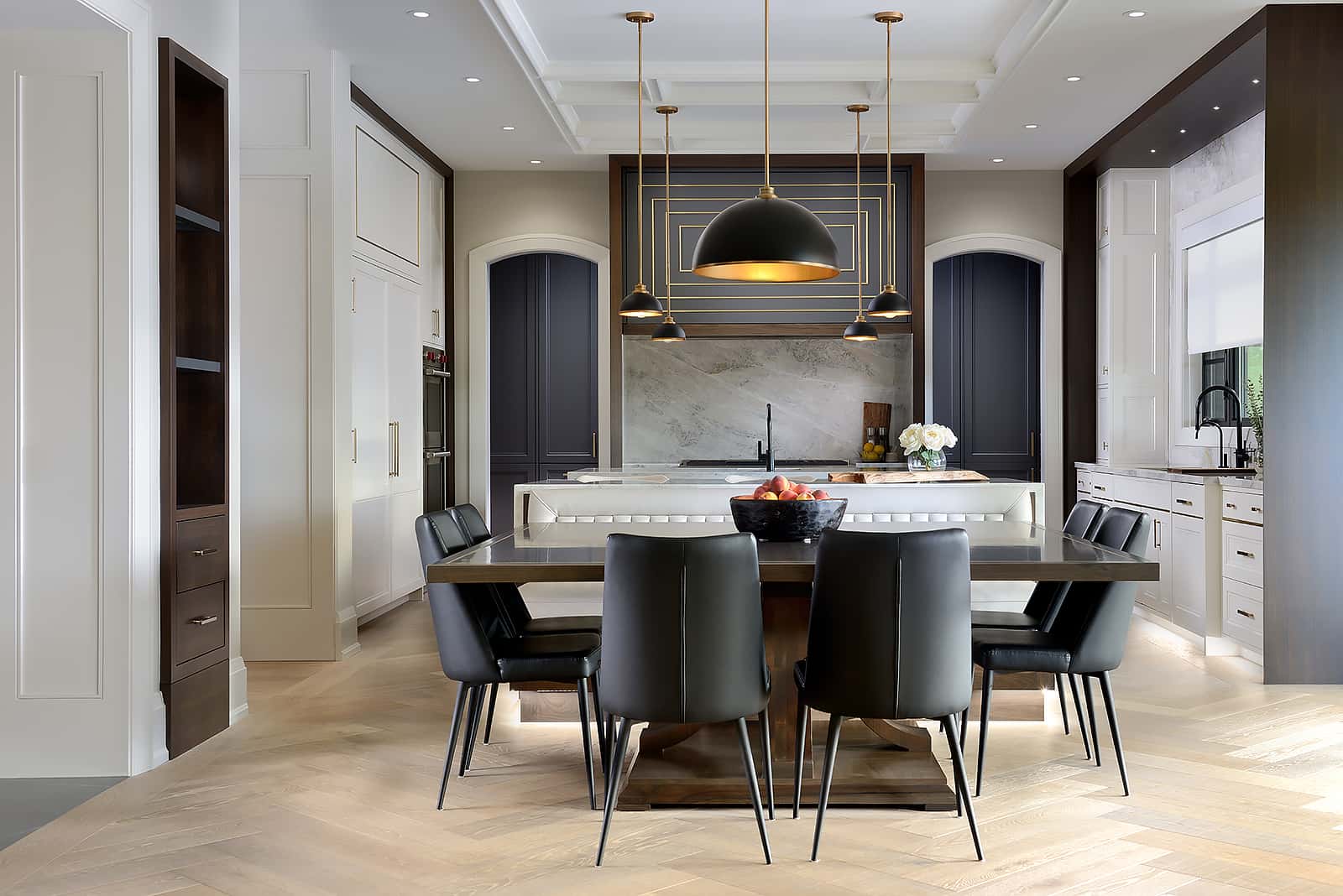
Enlarged windows
If you’re planning a renovation, or have the odd window to replace, consider going larger. Make the window opening bigger, if possible, or select a window company that makes a product with a thinner window structure, such as mullions or frames. The goal is to let more light into the house. Most Canadians don’t realize how small their windows are and how much more light they could receive into their space with attention paid to this aspect of a reno. Exposure to sunlight improves mood and promotes wellness.
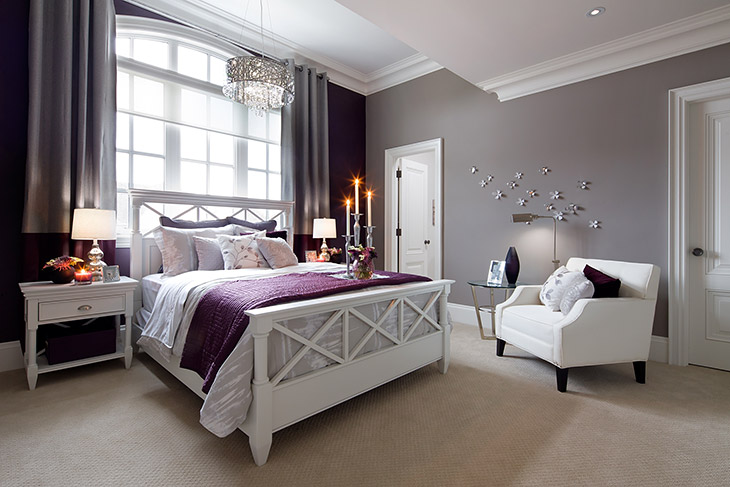
Now, cover those new windows!
Yes, you heard right – in contradiction to the above, it’s critical to keep windows covered in certain rooms of your home. Make sure bedroom windows include operational blackout drapery to fully close off light at night. Drapes are best for darkening a room, as they can also be opened fully to allow maximum light in during the day. It’s best to sleep in a dark, cool room, which drapes can provide. Blinds don’t offer full coverage (without a track to block out light leaks around the edge). This is particularly critical for children who may have street lighting visible from their windows, as studies have indicated poor sleeping habits contribute to multiple health issues, including lack of concentration.
Turn down the sound
We know that sleep is a critical component when it comes to long-term wellness, though it often receives a lack of attention due to our busy lifestyles. Consider an almost wall-to-wall area carpet, or full broadloom, in bedrooms as this can significantly reduce noise when sleeping or relaxing. It will also help to create a calm space by absorbing ambient sounds. Full drapery, pillows and even felt wall panels as decoration all help to create a more quiet atmosphere at night.
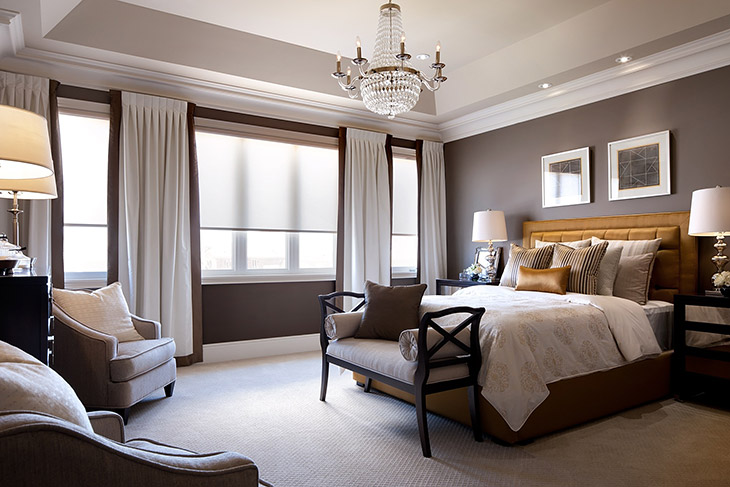
Make your home less visually chaotic
When working with clients, I’m often told when I move things around and “tidy up” using a design eye to place items, they feel better. Perhaps it’s because I’ve done the work, but I truly believe some of this comfort comes from the creation of visual order. Create views that are beautiful so the clutter that remains is less in your eye line or, better yet, behind doors. It’s a small thing, but it will change how you feel in your space and can evoke a sense of calm.
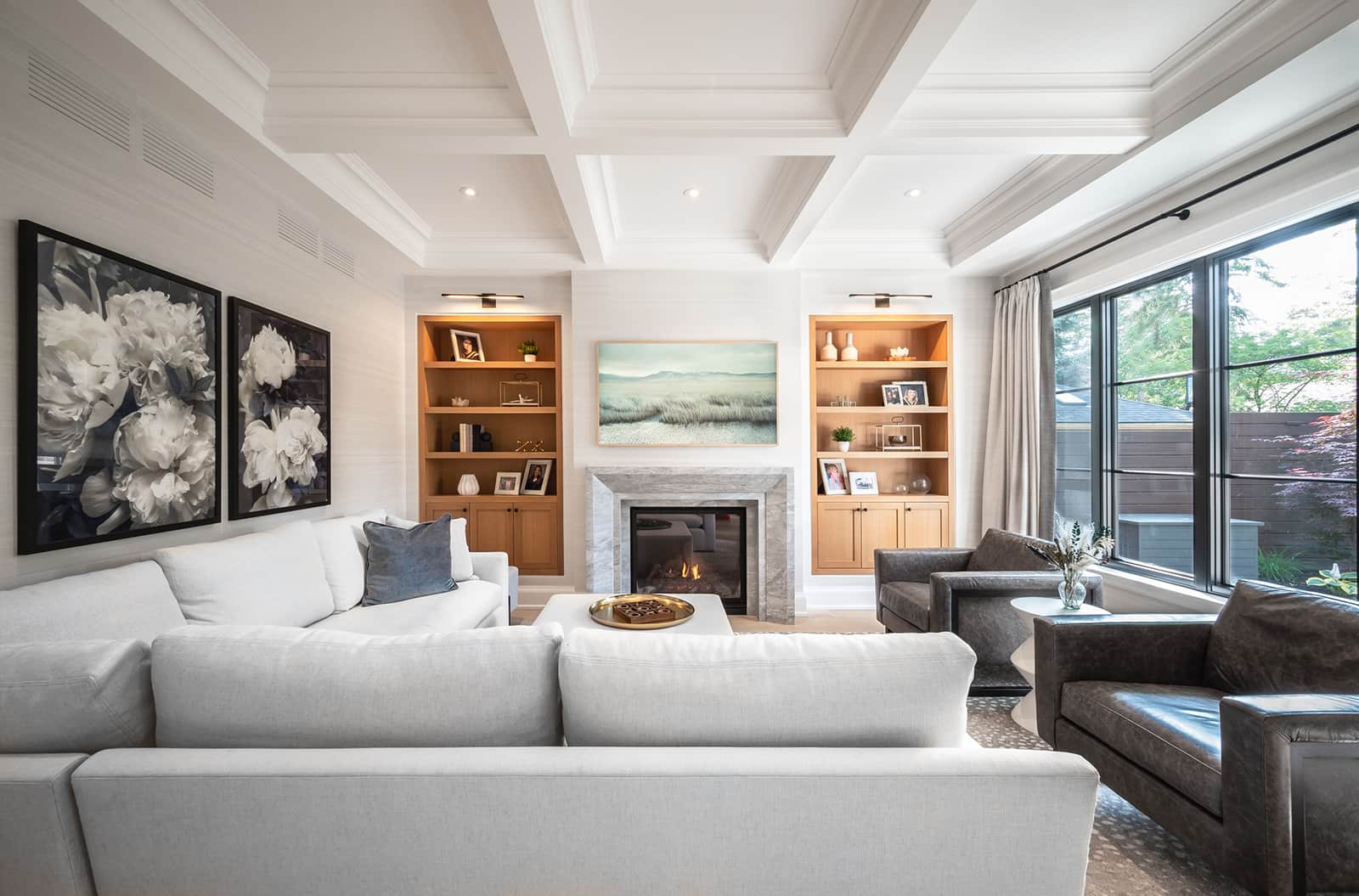
Enhance creative thinking space
If you are someone who likes to create at home – whether writing, painting, beading, or whatever it may be – consider placing your desk or work surface in front of a window with a good or long view. The idea is to work looking out the window. My research into the creative brain suggests a high, vaulted ceiling or long view is more conducive to creative thinking. If you need a space for tasks that require focus and concentration, such as paying bills, consider a smaller space with no long view, which is less distracting.
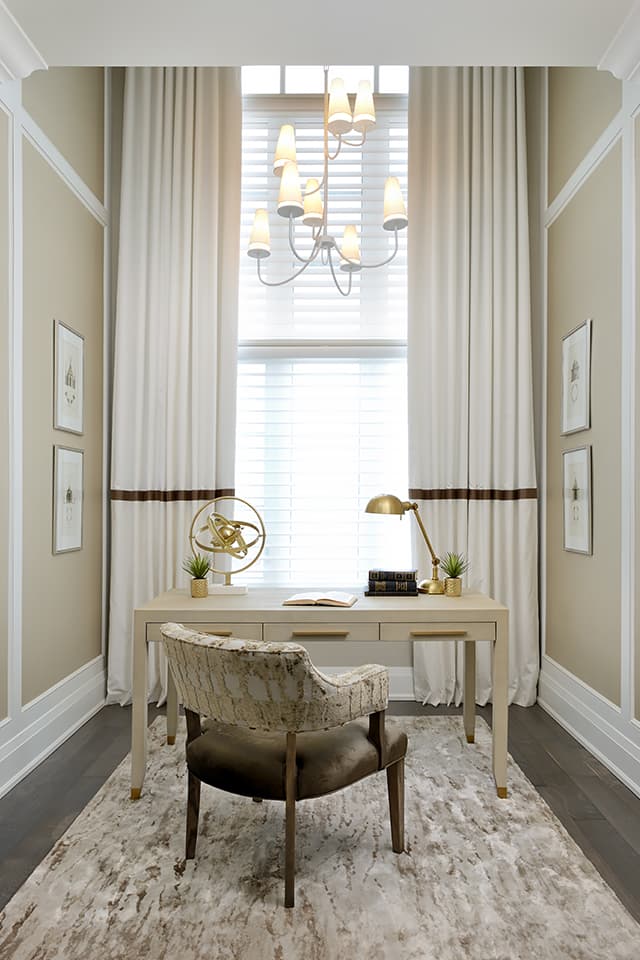
Lighting for all occasions
I love lighting and think it’s so important to a space. A warmer colour of lighting in the evening, when relaxing, is better for preparing for eventual sleep. Change pot lights to be no more than 3000k in bedrooms or lounge spaces to achieve this warmth. And, be sure to dim them slightly for a warm colour temperature of roughly 2700k, similar to a low table lamp light that has a beige-cream shade on it. In fact, evening light should come from dimmed pot lights, table lamps or wall sconces, with less overhead lighting generally, to feel like sunset and to tip off your body’s circadian rhythms.
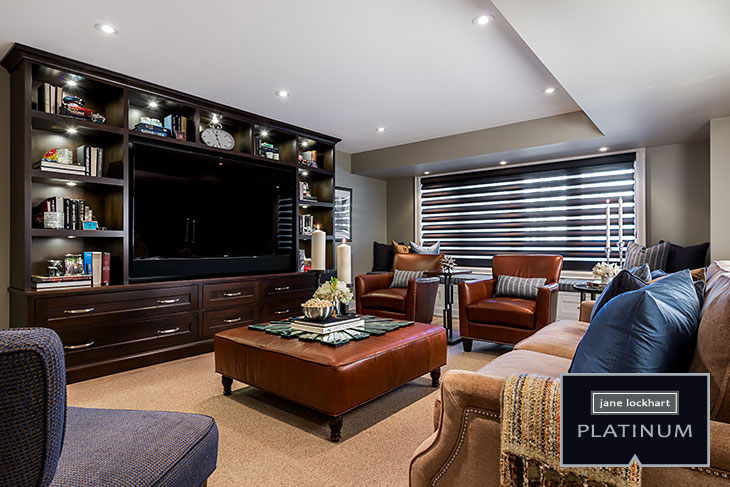
Conversely, to wake up, turn on bright overhead lights at a minimum of 3000 to 4000k to simulate sunshine.
